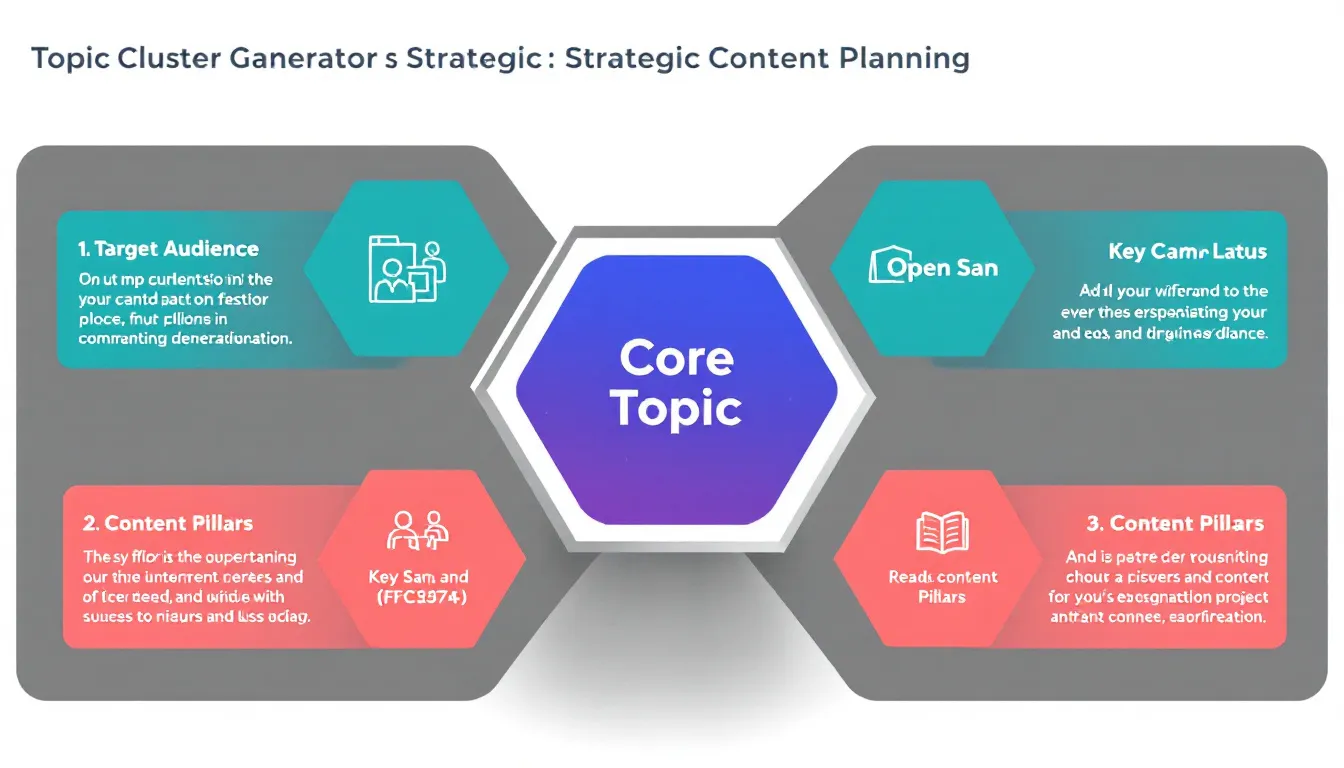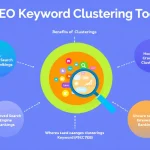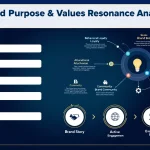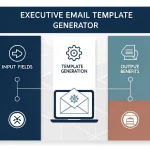Is this tool helpful?
How to Use the Topic Cluster Generator Tool Effectively
The Topic Cluster Generator helps you build a strategic content marketing plan by creating related topic groups based on your business details. To get the most accurate and useful suggestions, you’ll need to provide clear and specific information in each input field. Below are guidelines and examples to help you fill out each section effectively.
Step-by-Step Input Guide
-
Business Name: Enter the exact name of your business or brand.
Examples:
- GreenLeaf Organic Farms
- UrbanTech Innovators
-
Business Description: Briefly describe what your business offers, focusing on products, services, and unique aspects.
Examples:
- We cultivate and distribute organic fruits and vegetables, serving local grocery stores with sustainability in mind.
- We develop user-friendly mobile apps that optimize workflow for remote teams, emphasizing productivity and security.
-
Business Goals: List your top priorities and objectives for growth or content marketing outcomes.
Examples:
- Expand online sales by 40% within 12 months and increase social media engagement.
- Position as a thought leader in remote collaboration tools and onboard 1,000 new users quarterly.
-
Target Audience: Describe your ideal customers, including demographics, occupation, or interests to tailor content suggestions.
Examples:
- Health-conscious adults aged 25-45, interested in organic and locally sourced food.
- Project managers and team leads at startups and mid-sized companies seeking efficient remote work solutions.
-
Industry Keywords: Add relevant words and phrases that reflect your market or niche to focus the topic clusters.
Examples:
- organic farming, sustainable agriculture, farm-to-table, seasonal produce
- remote work apps, team collaboration, task automation, productivity software
Introduction: What the Topic Cluster Generator Does and Why It Matters
The Topic Cluster Generator streamlines your content marketing process by suggesting thematically grouped topics tailored to your business. By organizing content into clusters, it helps you develop a strong internal linking structure, improve SEO, and provide your audience with comprehensive information that meets their needs.
With well-defined topic clusters, you can create pillar content that supports your brand’s core themes and a series of related articles that deepen your authority in those areas. This tool uses your business details to generate actionable cluster ideas that align with your goals and audience preferences.
Practical Applications of the Topic Cluster Generator
This tool works as an API-powered content strategy assistant, taking your business inputs and returning hierarchical topic suggestions, making content planning faster and more focused. You can use it to:
- Identify content gaps in your existing strategy and discover new relevant themes.
- Develop pillar pages supported by related subtopics that encourage deeper user engagement.
- Plan your editorial calendar with a clear structure that improves search engine rankings.
- Align content creation efforts with measurable business and marketing objectives.
Core Elements of Effective Topic Clusters
- Pillar Content: Comprehensive articles that cover broad, high-value topics central to your business.
- Supporting Content: Focused posts on specific subtopics linked back to the pillar.
- Internal Linking: Thoughtful connections between content pieces that strengthen SEO and guide visitors.
- Keyword Integration: Using relevant long-tail keywords to improve visibility and relevance.
Benefits of Using Topic Clusters in Your Content Marketing
Strategic Advantages
- Organizes content logically, reducing overlap and confusion.
- Boosts SEO by building topical authority across interconnected pages.
- Improves user experience by providing clear navigation between related content.
- Guides efficient content creation and editorial planning.
- Uncovers new keyword opportunities and content gaps.
Business Outcomes
- Increases organic traffic through targeted keyword ranking improvements.
- Enhances lead generation with more relevant and engaging content.
- Streamlines your content resources and reduces redundant efforts.
- Strengthens brand authority by showcasing expertise across critical topics.
Solving Common Content Strategy Challenges
How the Tool Addresses Key Issues
- Content Fragmentation: Builds cohesive content networks instead of scattered posts.
- Topic Selection: Identifies relevant, high-impact topics to focus on.
- Resource Allocation: Helps prioritize content that aligns with business goals.
- Audience Alignment: Ensures your topics fit the interests and questions of your ideal customers.
Industry-Specific Use Cases and Examples
Example: Health & Wellness Blog
Input: Personal wellness coaching for new mothers
Generated Topic Clusters:
- Postpartum Nutrition and Meal Planning
- Stress Management Techniques for New Parents
- Fitness and Recovery After Childbirth
- Sleep Solutions for Moms and Babies
- Building Support Networks for New Mothers
Example: B2B Financial Services Provider
Input: Corporate expense management software for mid-sized enterprises
Generated Topic Clusters:
- Automating Expense Reporting Processes
- Compliance and Audit Readiness
- Integrations with Accounting Software
- Improving Employee Reimbursement Accuracy
- Data Security in Financial Software Solutions
Frequently Asked Questions About Topic Cluster Generation
General Questions
Q: How many topic clusters should I create for my content strategy?
You should start with 3 to 5 main clusters, then expand as your business grows and you track content performance.
Q: How often should I review and update my topic clusters?
Review your clusters at least every three months to keep them aligned with changing business objectives and market trends.
Q: Can I use the suggested topic clusters across different content types?
Yes, clusters work well for blogs, videos, podcasts, and social media by adapting core themes for each format.
Implementation Questions
Q: How do I decide which cluster to focus on first?
Prioritize clusters that match your current business goals and show strong demand from your target audience.
Q: Should I create all cluster content at once?
No, develop your pillar content first, then publish supporting pieces progressively according to your content schedule.
Q: What metrics best measure topic cluster success?
Track organic search traffic, engagement time, conversion rates, and internal link clicks within cluster pages.
Content Development Questions
Q: What defines a strong pillar page?
It’s a detailed, authoritative page that thoroughly covers a broad topic and links to more focused supporting content.
Q: How do I keep consistent messaging in cluster content?
Use a content style guide that outlines tone, style, and terminology to maintain clarity across all related articles.
Q: Can I repurpose existing content as part of a topic cluster?
Yes, audit your content library and reorganize matching pieces into clusters, filling gaps with new content as needed.
Important Disclaimer
The calculations, results, and content provided by our tools are not guaranteed to be accurate, complete, or reliable. Users are responsible for verifying and interpreting the results. Our content and tools may contain errors, biases, or inconsistencies. Do not enter personal data, sensitive information, or personally identifiable information in our web forms or tools. Such data entry violates our terms of service and may result in unauthorized disclosure to third parties. We reserve the right to save inputs and outputs from our tools for the purposes of error debugging, bias identification, and performance improvement. External companies providing AI models used in our tools may also save and process data in accordance with their own policies. By using our tools, you consent to this data collection and processing. We reserve the right to limit the usage of our tools based on current usability factors.







